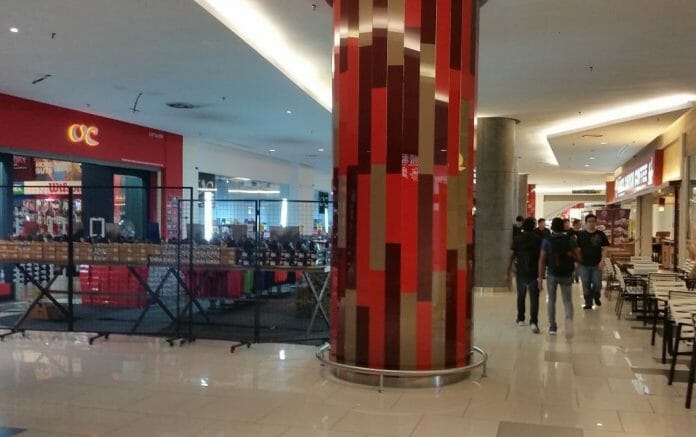The Human Resources Ministry has issued Guidance Note On Ventilation and Air Quality for residences, public space and non-residentials in view of evidence showing how the Covid 19 virus is transmitted.
Current evidence states that the SARS-CoV-2 virus is transmitted through close contact (distance less than 1 meter) between two individuals when aerosols or droplets containing the virus are inhaled or come directly into contact with the eyes, nose, or mouth of the person who is the close contact.
Transmission is also possible by in individuals touching surfaces that have been contaminated by the virus and subsequently touching their eyes, nose or mouth. There is a possibility of the virus spreading in poorly ventilated or crowded indoor settings as the smaller aerosol droplets may remain suspended in the air or travel further than 1
meter.
Objective of the guidance is to guide public on improving ventilation and indoor air quality at these places with the aim to reduce the risk of airborne transmission. This guidance will also have to be accompanied with the latest Standard Operating Procedures (SOP) established by National Security Council and other key measures to reduce disease transmission, such as requiring building occupants to practice physical distancing, wearing masks, frequently washing hand, and carrying out regular disinfection of high-touch points within the building.
MOHR developed the based on Industry Code of Practice (ICOP) on Indoor Air Quality 2010 published by the Department of Occupational Safety and Health (DOSH) and other established documents published by respective international organisation and other countries on ventilation and indoor air quality during COVID-19 pandemic.
This guidance will apply to premises which have mechanical ventilating and air conditioning (MVAC) system, air conditioning system without fresh air supply and natural ventilation.
Some of the key actions premise owners could take is to ensure where possible to use natural ventilation with ample free flow of air, although there is so far no established evidence on the spread of the virus through the
ventilation systems although viral RNA has been detected in some ventilation systems, it is advisable to conduct regular maintenance and checks.
For large corporations with high number of people working, building owners could consider installing sterilisation /inhibition/ deactivation systems which are available in the market like Ultraviolet Germicidal Irradiation (UVGI), Ionizer, Photo-CatalyticOxidation (PCO), Cold Plasma Bi-Polar Ionization, HEPA Filters, Low Density Engineered Ozone which can be installed in AHUs.









